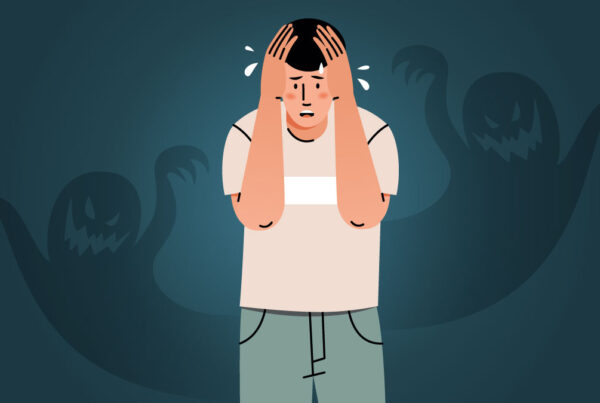In recent years, the rise in campus suicides has become a deeply concerning issue, reflecting an alarming trend of mental health struggles among students. Mental illness among college and university students is not new, but its growing prevalence is undeniable. From anxiety and depression to stress-related disorders, students are facing a growing mental health crisis that, in some tragic cases, culminates in the loss of young lives.
While every individual’s journey with mental illness is unique, there are several factors contributing to the rise in mental health challenges among students. One of the most significant contributing factors is the mounting academic pressure. Today’s students are expected to juggle not only their studies but also extracurricular activities, internships, and often part-time jobs. This high-pressure environment creates a perfect storm of stress that can overwhelm young minds. With the pressure to perform academically, secure a future career, and constantly compare themselves to their peers, students are increasingly experiencing feelings of inadequacy, burnout, and anxiety.
Another critical factor is the social dynamics of college life. The transition from high school to university is a monumental change, one that brings with it the need to navigate new social environments, form new relationships, and cope with feelings of loneliness or isolation. The reality of being far from home, living in unfamiliar surroundings, and dealing with personal issues like relationship struggles or family problems can exacerbate existing mental health challenges. Social media plays a significant role in this as well, often highlighting curated, unrealistic portrayals of others’ lives. Students, constantly connected, may find themselves measuring their worth against the seemingly perfect lives of their peers, leading to feelings of inferiority and emotional distress.
The stigma surrounding mental health is another pervasive barrier that students face. While society has made significant strides in talking about mental health, there is still considerable stigma in many communities, including academic settings. Students may feel ashamed or embarrassed to seek help, fearing judgment or discrimination from peers, professors, or even their families. This reluctance to seek support often leaves students struggling in silence, their inner turmoil building to a breaking point.
Moreover, many universities are ill-equipped to adequately support the mental health needs of their students. Counseling services are often underfunded, understaffed, or difficult to access, leaving students with little option but to face their struggles alone. The demand for mental health services far exceeds the resources available, resulting in long waiting times for appointments and a lack of personalized care. This gap in support only adds to the sense of hopelessness that some students feel, deepening the crisis.
Economic factors are also playing a role in the growing mental health concerns among students. The rising cost of education and the increasing burden of student loans can be overwhelming, particularly for those from low-income backgrounds. The pressure to succeed academically in order to secure a well-paying job can lead to chronic stress and anxiety, particularly for students who fear the consequences of failing to meet these financial expectations. As students struggle with financial insecurity, it further compounds the mental health issues they are already facing.
The COVID-19 pandemic, too, has contributed significantly to the mental health crisis on campuses. The disruption of daily life, social isolation, and uncertainty about the future have left many students grappling with anxiety, depression, and loneliness. Virtual learning environments have made it difficult for students to connect with their peers and form the kinds of support networks that are crucial for mental well-being. The effects of the pandemic on mental health are still unfolding, but it’s clear that it has exacerbated the challenges many students were already facing.
In the face of this growing mental health crisis, it’s crucial to acknowledge that the solution lies in systemic change. Universities must take greater responsibility for providing accessible, comprehensive mental health resources to their students. Mental health education and awareness campaigns should be prioritized to reduce stigma and encourage students to seek help when they need it. Faculty and staff must be trained to recognize signs of mental distress and provide students with the support they need, including referring them to the appropriate services. Importantly, students must be reminded that their worth is not defined by academic success, and that their mental well-being is just as important as their grades or career prospects.
For parents, peers, and communities, fostering open dialogue around mental health is key. We must create spaces where students feel comfortable discussing their struggles without fear of judgment. By nurturing empathy and understanding, we can help to break down the barriers that prevent students from reaching out for support. Acknowledging the challenges that students face and offering a listening ear can make a significant difference in their mental health journey.
The rise of campus suicides is a tragic reminder that mental illness is not something to be ignored or stigmatized. It’s a complex issue that demands attention, compassion, and action from all sectors of society. The mental health of students is a pressing concern, and it’s up to all of us—educators, parents, policymakers, and communities—to work together to ensure that students have the resources, support, and understanding they need to thrive. It’s time to prioritize mental health as much as we prioritize academic success, and to create environments where students can flourish both academically and emotionally. Only then can we hope to stem the tide of campus suicides and ensure that every student has the opportunity to live a happy, healthy life.



